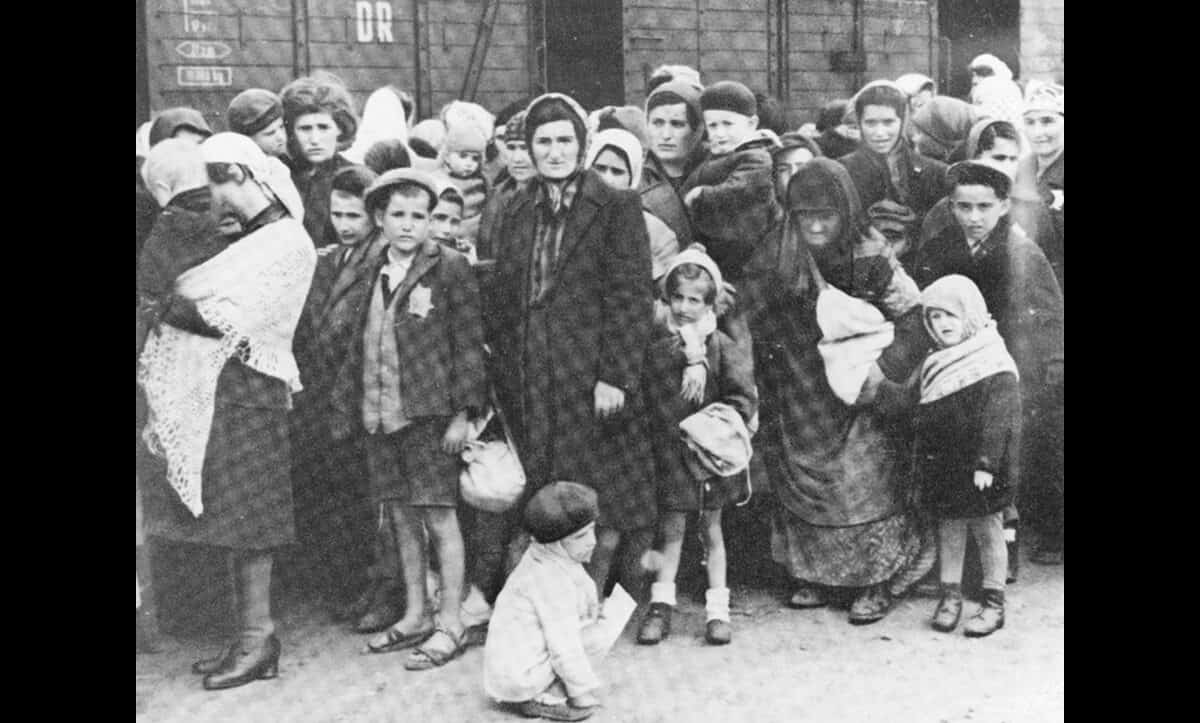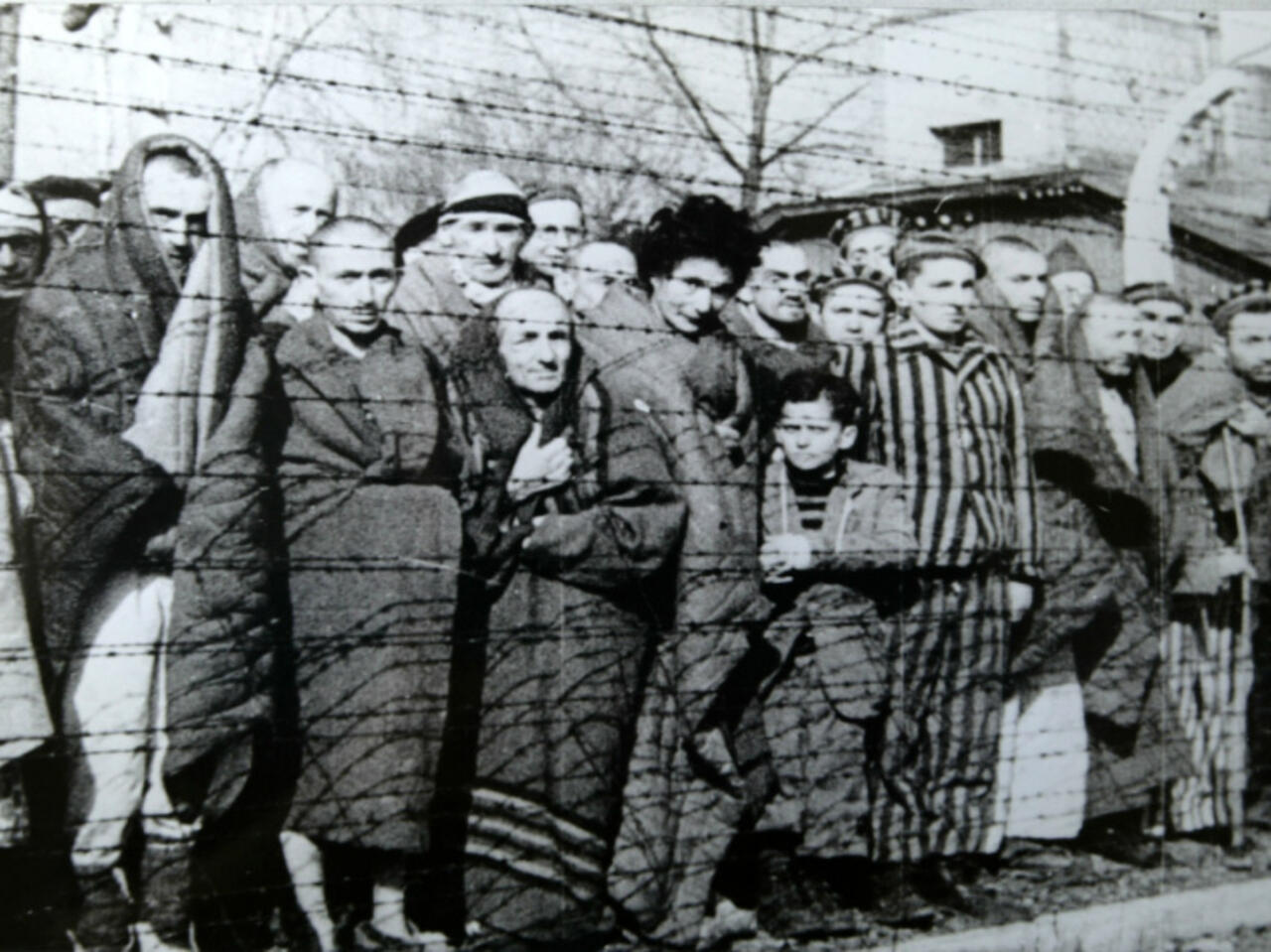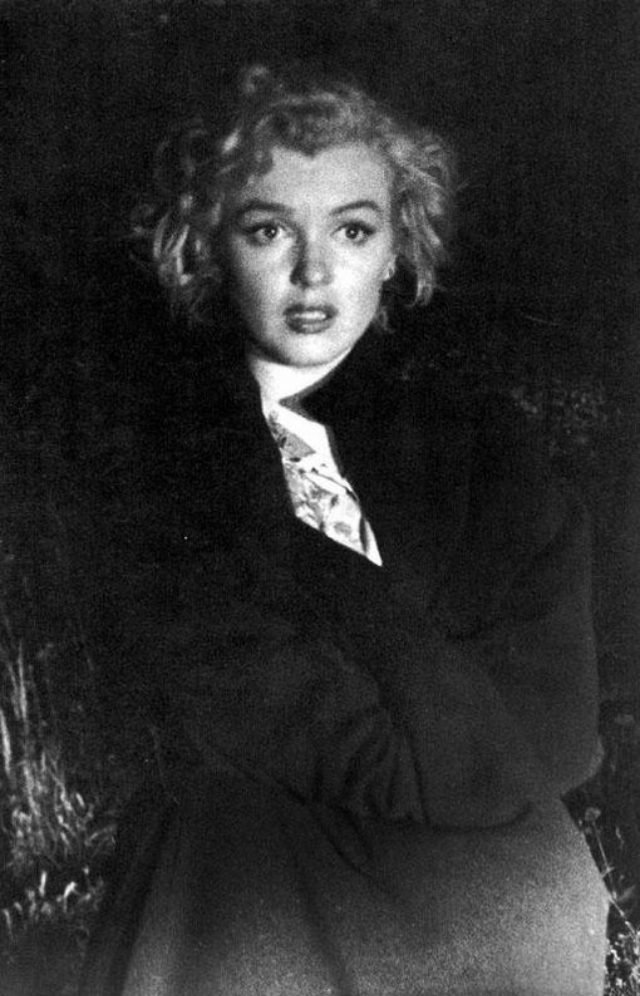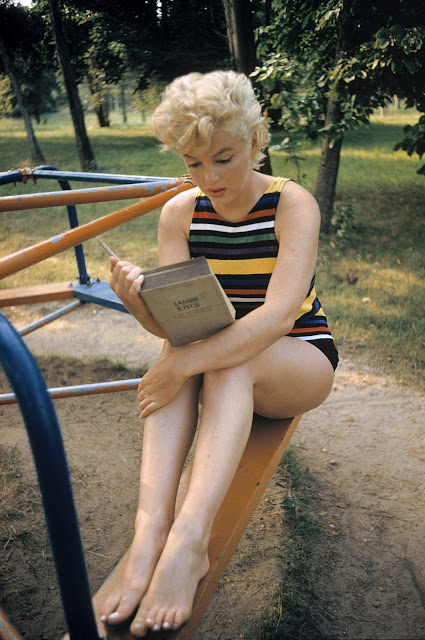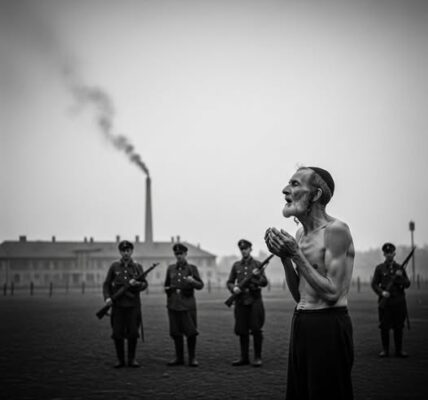The Silent Prayer — Auschwitz, 1944
The air was heavy with the scent of ash and despair. At Auschwitz in 1944, death was not a possibility — it was a constant. For countless men, women, and children, each step along the gravel paths of the camp edged closer toward an inescapable fate. And yet, amid the cruelty and mechanized annihilation, there were moments of resistance so quiet, so intimate, that they defied the brutality of the Nazi machine.
One of these moments came not through weapons or rebellion, but through prayer — a whispered, trembling chorus of words that had been carried through centuries of Jewish life: “Shema Yisrael, Adonai Eloheinu, Adonai Echad.”
By 1944, Auschwitz-Birkenau had become the epicenter of the Holocaust. Trains arrived daily, packed with deportees from Hungary, Poland, France, and beyond. Families were torn apart on the selection ramps; mothers and children often sent directly to the gas chambers, while fathers and sons were pressed into forced labor until starvation, disease, or execution claimed them.
The camp was engineered not only to destroy bodies but to strip away dignity, identity, and hope. Prisoners wore striped uniforms and were tattooed with numbers, their names erased. Hunger gnawed at their stomachs, cold pierced their skin, and the ever-present stench of burning flesh filled the skies.
It was here, in this place of despair, that an elderly man chose to lift his hands in prayer.
The Shema is one of the most sacred declarations of faith in Judaism. It is both simple and profound: “Hear, O Israel: The Lord our God, the Lord is One.” To speak it aloud is to affirm identity, belonging, and faith. To speak it in Auschwitz, on the threshold of death, was an act of profound defiance.
As the elderly man raised his trembling hands, his voice cracked but did not falter. Around him, others began to murmur the words. Some were young, some frail, some already near collapse. Yet together, their whispers grew into a fragile chorus. The cadence of the ancient prayer filled the chamber — not with sound, but with presence.
In that moment, they were no longer numbers. They were fathers, mothers, children of Abraham and Sarah, descendants of prophets and scholars, carrying the torch of generations.
An SS guard, hearing the prayer, sneered. He mocked them, twisting his mouth into cruel mimicry. To the guards, prayer was weakness. Faith was meaningless. Yet the prisoners did not silence themselves. Instead, their voices grew louder. The frail sound of unity rose against the cold steel of rifles and the suffocating walls of the chamber.
No cruelty could drown the sound. No mockery could erase its meaning.
This was not only prayer. It was protest. It was a refusal to surrender the essence of their humanity.
Holocaust historians often note that resistance took many forms. There were uprisings, such as the Warsaw Ghetto Uprising of 1943, and escapes from camps like Sobibor. But resistance was not always violent. Sometimes, it was the refusal to forget who you were. Sometimes, it was singing a lullaby to a child in the barracks, sharing a crumb of bread, or whispering a prayer before death.
The “silent prayer” at Auschwitz was such an act. By praying together, these prisoners proclaimed: You can take our lives, but you cannot take our faith. You can burn our bodies, but you cannot burn our memory. You can mock us, but you cannot erase who we are.
Why did the Shema matter so much in that moment? Because it was more than words. It was connection. It tied the dying to their ancestors who had whispered the same prayer in exile, persecution, and pogroms. It tied them to future generations — to us — who would live to remember their courage.
Faith under persecution becomes something larger than religion. It becomes a declaration of human dignity. It says: I am not what you call me. I am not a number, a prisoner, or an expendable body. I am a soul. I am part of something eternal.
Today, when Holocaust survivors share testimonies, they often speak of the songs, prayers, or fragments of scripture that kept them alive. Even those who lost their entire families found strength in the idea that they were part of something larger — a chain of memory that could not be broken.
The elderly man who whispered the Shema knew this. His trembling voice carried not only his own faith but the hope that his prayer would outlive the walls of Auschwitz. And it did.
When visitors walk through Auschwitz today, they see ruins: crumbling barracks, gas chambers reduced to rubble, and haunting piles of shoes and suitcases. But what they cannot see are the prayers that once echoed there, invisible threads of resistance woven through the air.
The silent prayer of 1944 stands as a testament to the resilience of the human spirit, to the refusal of ordinary people to be reduced to silence.
In our own time, the story of the silent prayer speaks to universal truths:
-
Religious freedom is not just about belief but about dignity.
-
Human rights are not abstract; they are built on moments where ordinary people affirm life in the face of death.
-
Memory and education are essential. To forget the prayer is to let the silence of Auschwitz consume us once more.
For educators, activists, and all who work in Holocaust remembrance, this story provides a powerful tool. It teaches that even in the most extreme conditions, faith and identity can endure.
For those searching terms like Holocaust survivor stories, Auschwitz remembrance, faith during the Holocaust, or human dignity in times of war, the story of the silent prayer emerges as a touchstone. It is a reminder that resilience is not measured only by survival but by the courage to affirm one’s humanity even when stripped of everything else.
The elderly man’s voice may have been frail, his body weakened by hunger and cruelty, but his prayer was eternal. In joining him, the others reclaimed their names, their faith, and their souls, if only for a fleeting moment.
The SS guard may have mocked them, but history has forgotten his laughter. What remains is the prayer. What remains is the courage. What remains is the enduring truth that the human spirit, bound by faith and memory, cannot be extinguished.
The silent prayer of Auschwitz was not silent at all. It echoed across generations. It echoes still.

